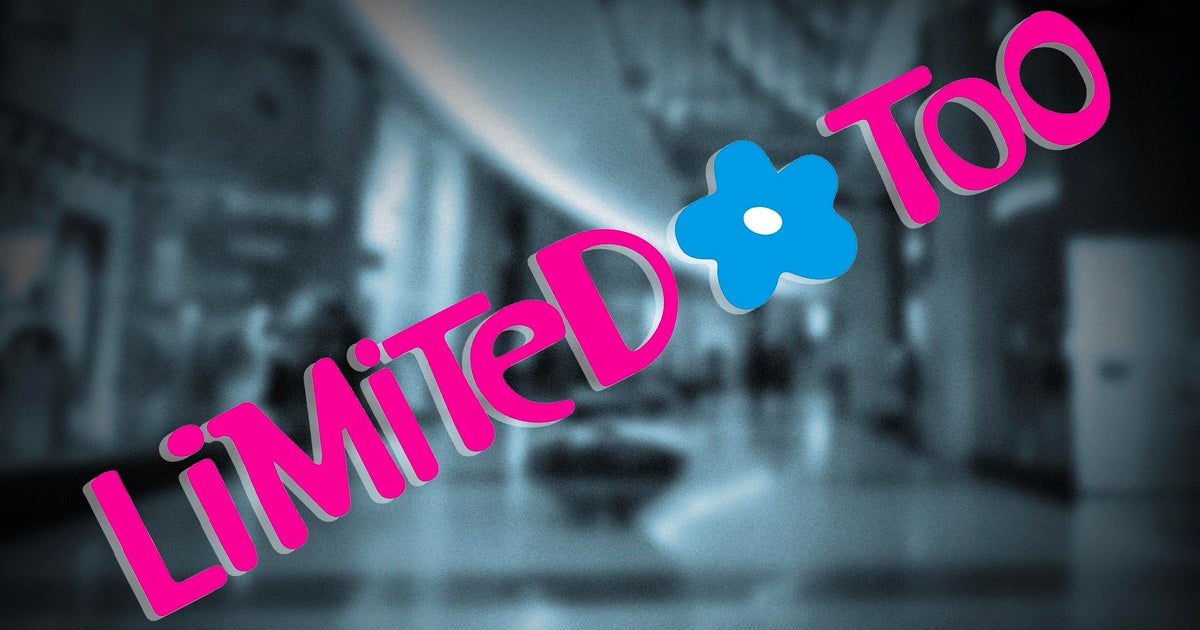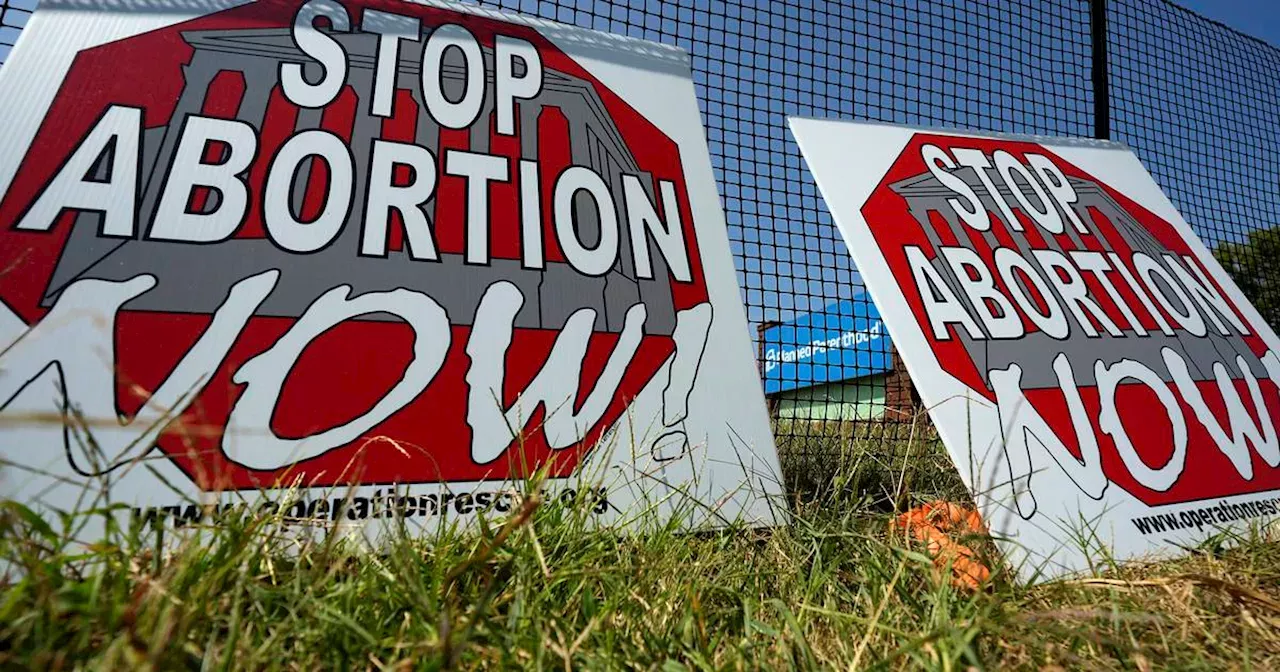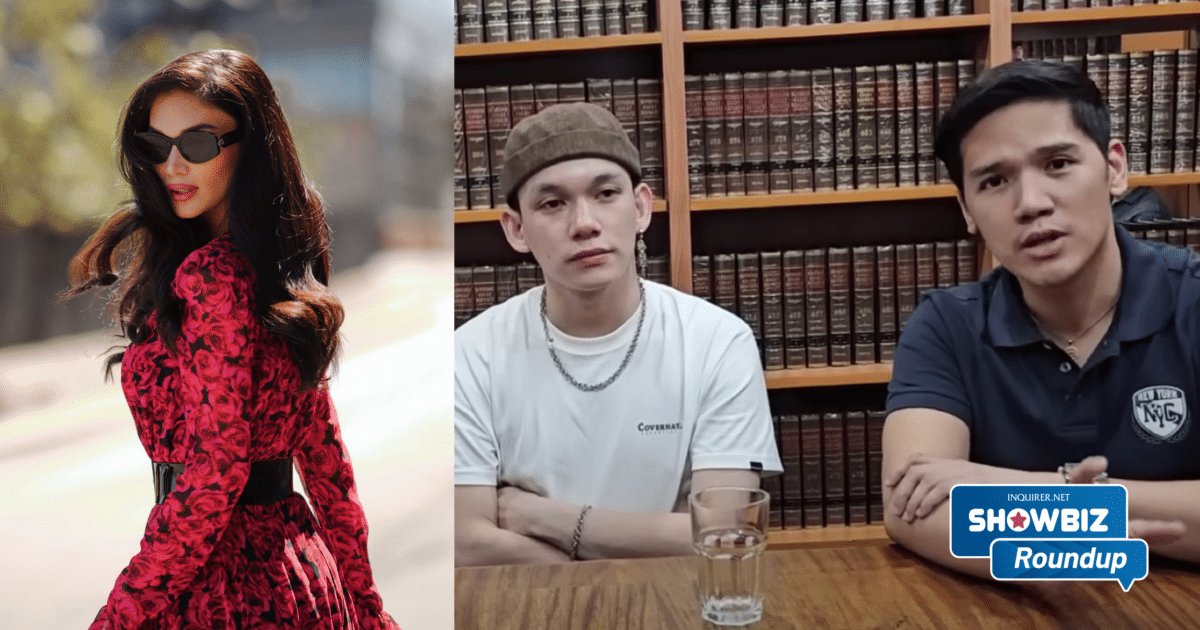You always remember your first “boy-girl” party ― and if you were born in the late ’80s or early ’90s and loved girly fashion, you were probably wearing Limited Too. For your entire life up until that point, birthday parties were a boys-only or girls-only affair. But eventually, usually around the start of middle school, a seminal moment occurred around when one bold person ventured to invite the opposite sex to their birthday.
Inevitably, the party would be a total rager just by virtue of the mixed audience. (And by total rager, we mean a parent-chaperoned party with $5 Little Caesars pizza and as much Surge soda as your little heart desired.) You had to look your best, and for countless preteen girls of a certain age, that meant Limited Too.

“I definitely remember going to the mall to buy an outfit from Limited Too for a ‘boy-girl’ party in 7th grade,” said Becca Slack , a senior creative copywriter. “It was a long-sleeved pink ballerina top with black velvet flares. I danced with my crush that night and from then on that Limited Too outfit was lucky.
” As Slack’s outfit description suggests, Limited Too catered to those with a hyper-girly, femme aesthetic. Its clothes were cool without being too avant garde or weird ― style-wise, millennials tended to be thirsty for approval. We were never as edgy or trailblazing as Gen Alpha is today.
if you mention Limited Too to women of a certain age you'll quickly get a conversation going that inevitably ends up with: Let's revive Limited Too! pic.twitter.com/JFCQolwFVe As for what it sold, the brand walked a delicate line and did it well.
The clothes were adult enough to appease two historically opposing forces: middle schoolers wanting to look like total baddies at their various promotion parties and school dances, and moms eager to put the kibosh on anything even remotely revealing. “Limited Too was the store you’d go to before you entered your Wet Seal beige-sandblasted-painted-on-lowrise-jeans phase,” Slack remembered. Not a weekend went by when Slack and her little sister didn’t beg their mom to take them.
Decades later, she still gets nostalgic about the store, even though she also has some embarrassing memories associated with the brand. “In 8th grade, I went for a sleepover at a friend’s house and after being there for a bit, her unbelievably cute high school brother came home and announced to the house, ‘some little girl’s underwear is on our porch,’” she said. Misfortune of misfortunes, her white-with-yellow-smiling-stars Limited Too underwear had fallen out of her bag when she rang the doorbell, only to be picked up by the big brother.
“It was mortifying, but it also exemplifies how tween-focused their stuff was,′ Slack said. “Not sexy or trying to be older, just something the 8-to-12-year-olds would like.” The birth of cool: Limited Too was at the height of its power in the late ’90s.
Limited Too as a preteen shopping mecca was born in 1996, when a new senior management team refocused Limited Too into a preteen girls fashion store. (Outside of Claire’s, which only sells accessories, there are a few stores that go all in with the demographic the way Limited Too and catalog brands like Delia’s did in the ’90s. Today’s tweens tend to shop secondhand or go directly to the retail brands adults gravitate to ― the “Sephora tweens” trend is a good case study of that.
) At its height, the store ― the kid sister of retailer The Limited ― reportedly had 600 locations nationwide . But by 2008, the stores had mostly vanished, converted by corporate owner Tween Brands into a less memorable tween store Justice, which, as of 2020, also shuttered all physical locations. But for a brief, fleeting moment in time ― let’s say 1999, if you want to put a year on it ― Limited Too was everything and a bag of Auntie Anne’s pretzel bites.
Brittany Oblak , 33, said describing Limited Too to preteens today would be a tall order. It captured that exact moment in the authentic Y2K zeitgeist so well, you almost had to be there, she told HuffPost. “I guess it’s almost like if you took the best parts of Target and put them in a smaller mall store specifically for teens born in the early ’90s,” said Oblak, who’d go to the Beachwood Mall location in Cleveland, Ohio, with her grandma almost every Friday.
(But first, they’d stop for Frappuccinos at the Starbucks in Barnes and Noble. If she was lucky, Oblak would get a Teen People or J-14 magazine while she was there.) As Oblak remembers it, walking into the store was a full-on sensory experience: The storefront was always enticing, with candy-colored props and mannequins hinting at the patchwork jeans, sparkly tops and a million accessories promised inside.
Walking in, Oblak recalls being hit with a soundtrack of Dream, Blaque and *NSYNC while being welcomed by a cadre of helpful employees who, while just a tad older than her, seemed much cooler. “Can you think of anything a preteen girl would love more than being styled by a savvy older teenager with a highly coveted job at the mall?!” Oblak said. As for the actual shopping, the tchotchkes and small home decor selection was just as memorable as the clothes.
If you couldn’t afford the sequined skirts or pair of bedazzled bell-bottom jeans you had your heart set on, you could at least walk out with some candy (Chupa Chups Spice Girls lollipops were always popular), a slap bracelet, some butterfly clips or a fuzzy pencil. If you were exceedingly lucky ― maybe you’d scored multiple gift cards on your birthday or racked up enough “Too Bucks” through your purchases ― you could walk out of there with clothes and some very hip blow-up furniture for your room. “It was very ‘Lizzie McGuire’-coded, very trendy,” Oblak said.
Oblak’s favorite fit from the store was a one-shoulder orange tank top with a big white bedazzled ‘02’ in the middle and a matching skirt. Naturally, the occasion was her first boy-girl party, which happened in the summer between 4th and 5th grade. “I’m pretty sure his dad made him invite the whole class even though he made it very clear he did not like me, but I didn’t care, I was going to show up in style,” she joked.
Mall visits to Limited Too were also a weekly pilgrimage for Brittany Brady, another millennial. The small business owner said she remembers going with her dad. He was a hard worker, so quality time during the week was limited.
She was a true daddy’s girl, and an amazing opportunist, so she presented him with a quality solution: “Every Thursday was ‘my night,’ and somehow, every Thursday I was walking away from our favorite mall with a new Friday outfit,” she joked. Looking back now, Brady calls Limited Too a staple of “girly girlhood.” “I think it was a clear departure from your OshKosh B’Gosh era and a precursor to the ‘tween’ identity we see today,” she said.
“It was for the ‘it girls’ before they were ‘it.’ A place where girls could be loud, vibrant, and colorful and not told to shrink.” Jaz Palmer, a millennial studio manager at Archival, a creative agency that focuses on youth culture, said she still yearns for a brand to make her feel as excited about shopping there as Limited Too did.
“When I was in sixth grade I won a $100 shopping spree at my local store and I think it really was the best day of my life,” she said. “I felt like a spectacle with my bright pink shopping bags in hand ― the world was my stage and I was finally getting my flowers.” Limited Too did the unexpected: It actually respected the tween girl shopper.
Fans may be vocal but the store also wasn’t without its detractors. In 2007, Emily Yoffe wrote a Slate piece that was critical of a number of stores catering to preteen girls, including Limited Too. Yoffe writes about taking her 11-year-old back-to-shopping and finding the brand’s T-shirt selection severely lacking.
“There we discovered what I have come to think of as Nitwit Wear,” she wrote. “These are T-shirts with slogans such as: ‘I Left My Brain in My Locker,’ ‘I Only Shop on Days that End in Y,’ and ‘Spoiled and Proud of It.’” Admittedly, it’s a fair critique.
Some of those statement tees were a little dumbed-down or a little too sassy and baby bimbo-ish for their own good. I’m pretty sure at Limited Too was where I got the sweatshirt below with “FLIRT” emblazoned on the front in a cute plaid print. But while its feminist credentials may have been lacking in statement tees, the brand made up for it by doing something pretty extraordinary and uncommon: It treated preteen and teen girls with respect ― or at least as the serious consumers they were and still are today.
As the BBC reports, Gen Alpha’s economic footprint is expected to reach $5.46 trillion by 2029 — almost as much as the spending power of millennials and Gen Z combined . In spite of that, teen girls and their interests (what they buy, what they watch or listen to and create fandoms around) historically tend to get written off.
In the ’90s, Limited Too went rogue and recognized the spending power of American girls, said Lauren McAlpin , a millennial marketer who shopped the brand. “In its heyday, the Limited Brands owned Limited Too and Victoria’s Secret. My humble opinion is that Limited Too walked, so that Victoria’s Secret’s Pink line could run,” McAlpin told HuffPost.
Pink launched in 2003, right around the time that Limited Too folded, McAlpin explained. “Essentially, once the Limited Too girls went off to college, Pink ― especially with the launch of the collegiate collection ― was right there to see them through.” It’s not all quiet on the Limited Too front lately.
Earlier this summer, fans of the brand, many of whom are moms themselves now, had reason to celebrate: The erstwhile brand released a pop-up collaboration for preteen girls available at Kohl’s stores. a limited too employee https://t.co/CxqnERsYoM Maddie Toland, a brand communities strategist at Archival who monitors youth trends, liked the idea of the collab but wishes they would have leaned into the cheeky, and unapologetically “girly” aesthetic a little more.
Instead, they went a little too Aéropostale or American Eagle, selling brand-emblazoned shirts and sweats but not much else. “I think if they focused on making products that nod to their original branding, they’d bring in both young girls looking for that Y2K, hyper-feminine style and millennial women who connected with Limited Too in their youth,” she said. In a dream world, millennial women we spoke to said they’d love to see standalone Limited Too stores open one day, especially since generations Alpha and Z seem to be reviving in-store shopping and mall rat culture.
So much of the magic of the brand was the physicality of the store, Oblak said. “It does make me sad that there is no brick-and-mortar equivalent for younger women and teens today, especially with the over-saturation of unrealistic fashion and beauty standards they face on social media,” she said. If not Limited Too, the market seems ripe for a copycat ― a shopping experience where youth culture is celebrated and tweens could find their fashion footing.
“I feel like an empowering, inclusive store that is age-appropriate could really make a difference for many younger folks today,” Oblak said. “It’s nice to think that some preteen girl who is a little unsure of herself could go and find that perfect Limited Too-esque piece and have her world changed, too.” Related Before You Go From Our Partner.



















